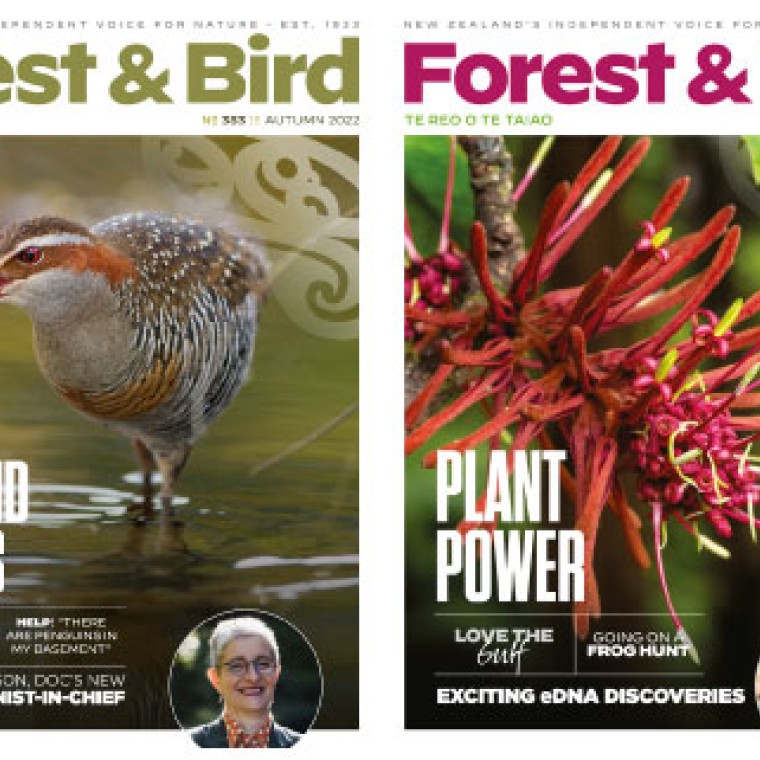Forest & Bird is warning the incoming Government that nationally critical Antipodean Albatross will go extinct unless urgent action is taken.
A new Department of Conservation study has estimated that there have been 35,000 unexplained deaths since 2009, over and above normal mortality for Antipodean Albatross.
Meanwhile, an August 2020 report by the Ministry of Primary Industries showed that observer coverage of New Zealand longline fishing effort has steadily dropped from 25.8% of hooks in 2015 to 8.4% in 2019. The regulatory limit for this fishery is 10% of observed hooks.
“This is a disastrous situation for a species that could be functionally extinct within 20-30 years,” says Forest & Bird Chief Executive Kevin Hague.
“It’s likely that many of those 35,000 birds were killed by fishing long liners on the high seas – bycatch is the greatest known threat to these magnificent birds.
“There are ways to fish without catching seabirds; bycatch is something we can fix. Thanks to support from a great number of New Zealanders we’ve made progress. Over 10,000 people signed Forest & Bird’s zero bycatch petition, and 3000 Forest & Bird supporters made submissions on the Seabird Plan of Action, which now has a zero bycatch goal. We’ve long called for cameras on boats, which after many delays, we hope will finally be going ahead.
“But for Antipodean Albatross, a long-lived late-breeding species that spend most of their lives at sea, this is not enough. We desperately need a finalised all-of-Government action plan for this species, more resources, bilateral talks between countries, binding actions and rules, and increased observers as well as cameras on our boats.”
“We need observers on boats, because past information has shown a massive discrepancy between the number of birds that fishers admit catching and the estimates based on observer data, with fishers nine times more likely to report catching seabirds if there is a Government observer on board.
“Most fishers are doing the right thing, but this species is on the brink. Every albatross counts,” says Mr Hague. Last year it was revealed five Antipodean Albatross died off the East Cape in a single longlining incident.
Another Department of Conservation report, from August this year, looked at overlap of tracked birds with fishing boats and found that the greatest overlap was with pelagic longline fishing in the Western Pacific. Vessels that overlapped with the albatross distribution were flagged to Chinese Tapei, Vanuatu, New Zealand, Spain, China, Japan, Australia and Fiji.
“New Zealand needs to ensure its fishing fleet is using best practice, and leading the world on this, so we can legitimately showcase what New Zealand is doing to prevent the extinction of Antipodean Albatross. We need to do that if we want other countries to also meet their legal commitments,” says Mr Hague.
Resources:
- A Birdlife International review of the conservation management measure implementation with regard to seabirds in the Western and Central Pacific Fisheries Commission, which discusses New Zealand's compliance with conservation management measures.
An image of an Antipodean Albatross caught as bycatch in 2020.
